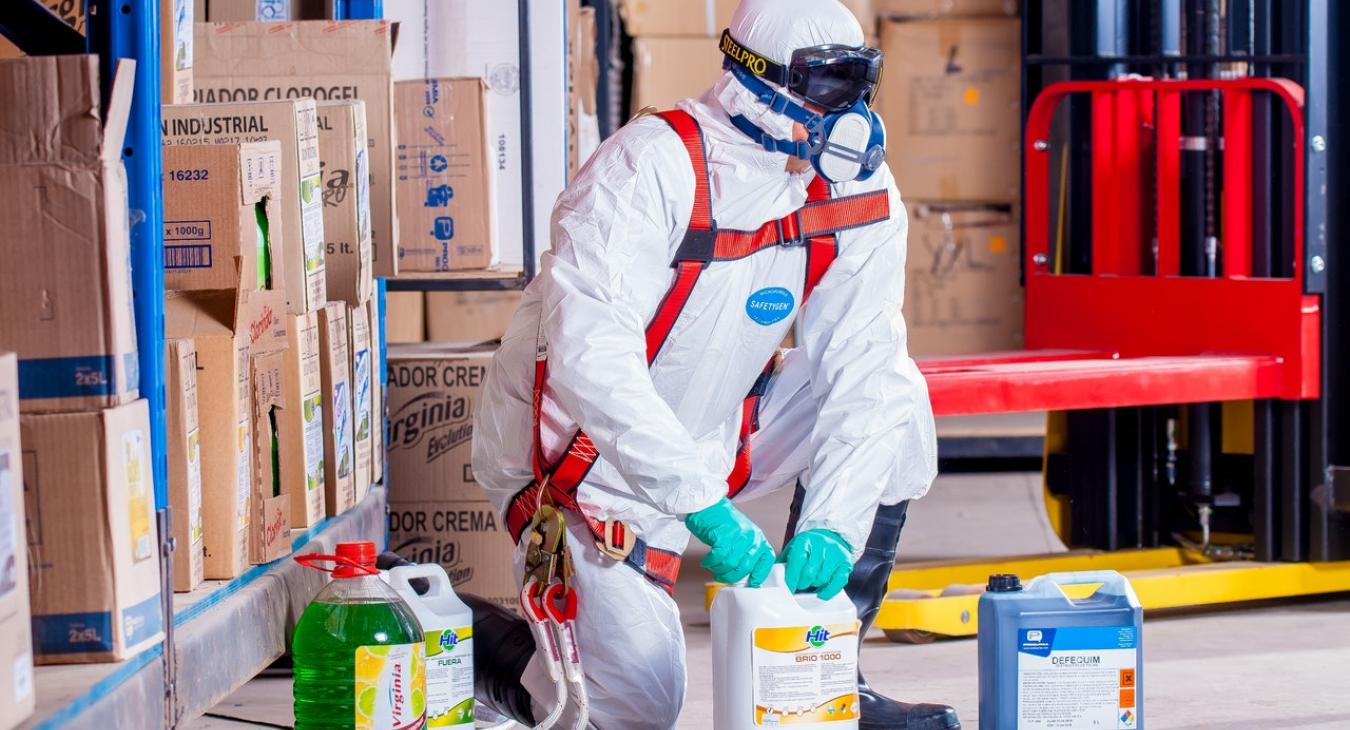Employers and unions call on Commission to include reprotoxicants in the Directive on carcinogens and mutagens at work
On 16 October the European chemical industry and trade unions agreed that European Union (EU) workers should be better protected from the risks related to exposure to reprotoxic substances. In a joint declaration, the European Trade Union Confederation (ETUC), the industriAll European Trade Union, the European Chemical Employers Group (ECEG) and the European Chemical Industry Council (Cefic) called on the European Commission to extend the scope of the Directive on the protection of workers from carcinogens and mutagens to reprotoxic substances.
"In our view, one EU directive covering carcinogens, mutagens and reprotoxicants at the workplace would be a solid basis for harmonised EU wide minimum requirements", declared the trade unions and employers" organisations in their joint declaration.
The chemical industry employers and unions propose adopting Binding Occupational Exposure Limits (BOELS) for reprotoxic substances, as is the case for an ever increasing number of carcinogens and mutagens. The document suggests that the Commission make a distinction in the future between carcinogens or reprotoxicants for which it is possible to define an exposure threshold below which no adverse effect on health is expected and those for which it is impossible to set a safe level.
For carcinogens or reprotoxicants without a threshold, the chemical industry employers and unions propose continuing to apply the "exposure minimisation principle". This means that enterprises that expose their workers to carcinogenic or reprotoxic substances of this type should further reduce exposure levels below the BOELS defined in the new directive.
The chemical industry has long been opposed to the trade union demand for the Carcinogens and Mutagens Directive to be extended to reprotoxicants. The change in the employers" position is no doubt connected with the fact that an increasing number of Member States have decided in recent years to include reprotoxicants in their national legislation on the prevention of carcinogenic and mutagenic risks at work. The manufacturers clearly want to avoid being subject to different obligations in the various countries in which they operate. They also consider that these changes would bring this occupational health legislation into line with all the other European legislation on chemicals (REACH, biocides, cosmetics, etc.), which applies the same rules to carcinogens (C), mutagens (M) and reprotoxicants (R) in what is commonly known as the group of CMR substances.
The main European employers" organisation, BusinessEurope, chose not to sign the joint declaration.
In February 2017 the Social Affairs Committee of the European Parliament adopted an amendment to the text of the Commission proposal revising the Carcinogens and Mutagens Directive in order to include reprotoxicants within its scope.
Having extrapolated French data to European level, the trade unions believe that at least 2 million workers are exposed in the EU to reprotoxicants in their working environment.

